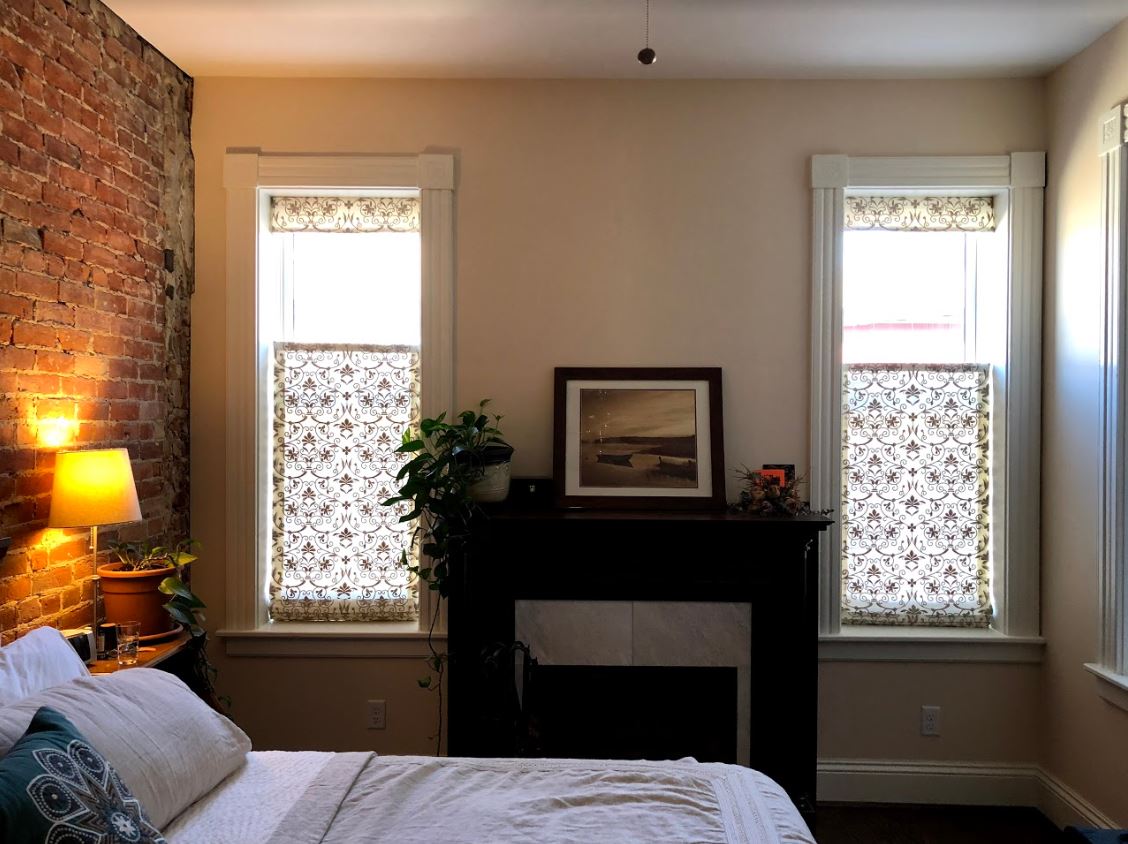Aside from choosing where to build, one of the most important questions in home design is howto build. More specifically, it is critical to consider sustainable options and processes throughout the entire design process. Sometimes that means reaching for LEED, and now that this project is just about complete, we wanted to share some of the features incorporated into this home to make it a LEED SILVER targeted project.
This historic home in Over-the-Rhine was built in 1900 as a single-family residence, and our clients fell in love with it. It sits in the heart of an urban historic district flanked by two other historic row houses and is within steps of the streetcar and Washington Park (the location and site amenities alone offered some of the points required to reach our goals). The building cycled through a variety of residential uses throughout its time varying from a boarding house, to rented room lodging, and was even broken down into 8 apartments at one point in time. When we finally got ahold of it, it had been sitting officially empty for approximately 25 years and had quite a bit of water damage. This, in addition to the home’s location in a historic district, created some difficult challenges to navigate throughout the design process, especially because our clients knew from the beginning that they wanted to pursue LEED Certification. Working together as a team with our clients, with Unlimited Carpentry General Contractors, and with Green Building Consulting, we were not only able to maintain the historic character of the home, but also control the environmental impact and waste during the build/renovation process.
We think that sharing some of our struggles is just as beneficial as sharing some of our achievements; it’s important to keep in mind that throughout any build process, but especially during a historic restoration process, designs may need to change as existing conditions are better known and understood. There were many things in our build process that needed to be reconsidered, added, modified and researched. It’s important to select a build team that will support you in this certification and has the knowledge and experience to do so. One of the original sustainability goals with this project was to provide landscaping on the remaining site at the front and rear of the property allowing rainwater to permeate the surface and collect in a cistern. Upon further investigation, it was found that ground water was seeping into the entire basement through the stone foundation. Our builders made the recommendation - for the overall integrity of the home – that our approach change to hardscape, and so our original design for achieving landscape points was unfortunately abandoned. We also allowed enough roof space for solar panels to fuel the home by incorporating a rooftop shade structure on the occupiable roof deck. This would have allowed us to maintain the use of the roof deck and the views it offers while still gaining the benefit of solar power. However, given some of the historic parameters we were working within, we were forced to moved away from solar at this time until - hopefully - smaller units become available. These things certainly inhibited our ability to achieve LEED points, but we were able to re-evaluate and work together to attain points through many other ways.
Following the minor addition in the breezeway and the construction of a stair penthouse to the roof, the home totals approximately 4,300 SF of interior space with a full basement and an occupiable roof deck. Throughout the entire home, we were able to reuse original tile, doors, window glass, sashes and casements, and some of the original wood floors, restore some of the existing brick and plaster, etc. ultimately lowering our need for new products. Many of the new products we did need were recycled or were sourced locally. There was no carpet installed anywhere in the home. We worked closely with our clients to design some of the smallest and most considerate features, such as built-in shelving for shoes upon entry to the home, in order to achieve some of the points we needed.
We looked closely at the bedroom and bathroom configuration through the house. There are a number of bedrooms, including a couple of rooms that could also be utilized as bedrooms in the future. LEED incentivizes this inherent flexibility, as it means the house can last for generations, accommodating a variety of family sizes without the addition of more common space. This is taken into account through LEED’s Home Size Adjustment.
The bathrooms throughout the home all utilize very high-efficiency fixtures, including low-flush/dual-flush toilets and low-flow faucets and shower-heads, which contributed several points toward the LEED goal.
We added a stair penthouse to access the occupiable roof deck. Since many of the buildings in this district are very long, narrow, and close together, our client wanted to use this as an opportunity to bring more natural light into the center of the home. We opened the stair at the first floor, installed a number of operable windows at the roof deck to help with natural ventilation, and added a full skylight/glass roof to bring as much daylight as possible down into the (naturally dark) center of the home. We also opened up the first floor into the breezeway and added a glass conservatory roof bringing even more natural light into the first floor and offering more views for those spaces.





















